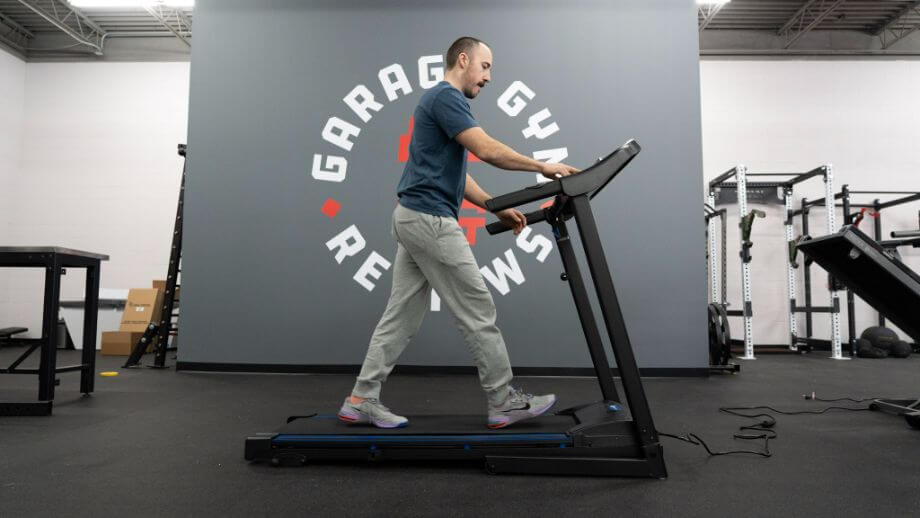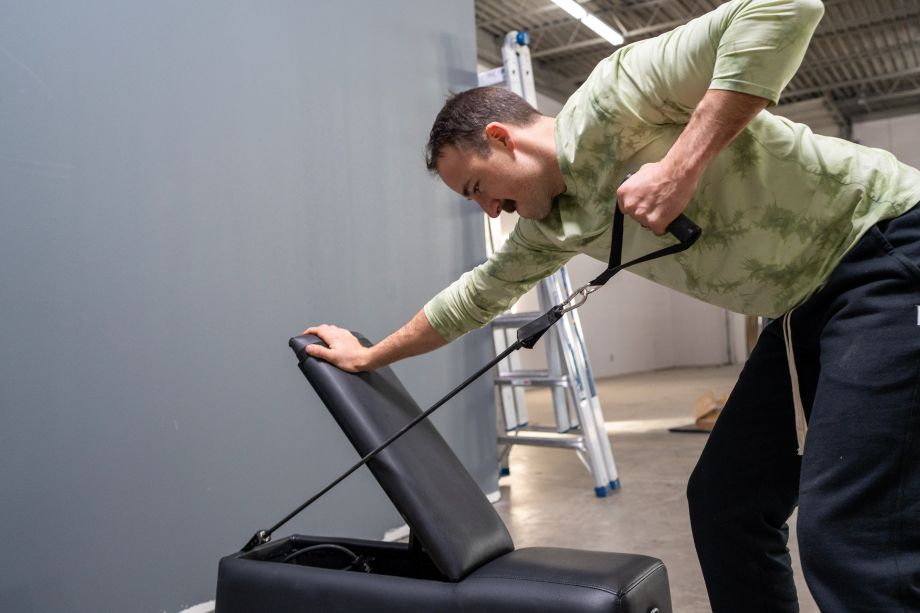Walking is one of the first and most important milestones in our lives, but have you ever considered there’s more to it than simply putting one foot in front of the other?
That’s right: Researchers have determined key components that contribute to the perfect walking technique. Taking the time to familiarize yourself with these components and adjusting your gait accordingly will help you enjoy even more benefits when going for a simple walk.
Perfecting your stride is crucial when walking long distances, but it’s arguably more important if you’re using brisk walking as a form of exercise. Walking regularly is one of the many cornerstones that contribute to a healthy lifestyle, and brisk walking is a low-impact aerobic workout that works wonders for fitness enthusiasts of all ages.
We go to painstaking lengths to ensure our running gait is optimal, our weightlifting technique is top-notch, and other aspects of our sport-related skills and performance are practiced to perfection. Why not do the same for your walking technique?
Benefits of Walking With Good Technique
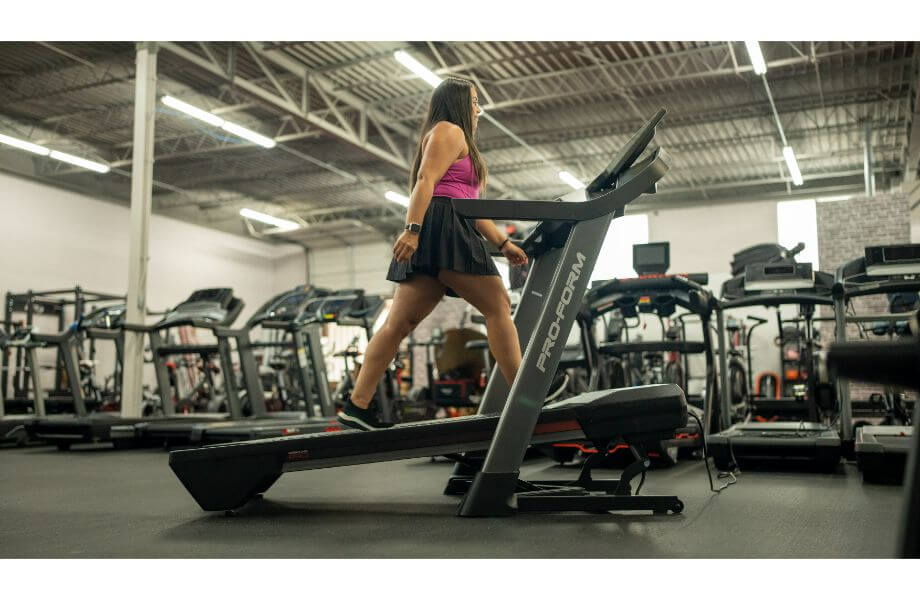
Most folks are aware of the ample health benefits associated with cardio exercise and walking regularly, including burning calories, improving your mood1, and reducing your risk of diseases including cardiovascular disease2 and diabetes3.
Walking with good technique yields its own array of attractive benefits.
1. Good form decreases pain in our necks, back, hips, and legs
Walking is relatively slow and low-impact, so the effects of good technique seem less dramatic than, say, Olympic weightlifting. Nonetheless, form is paramount when protecting ourselves from aches and pains.
A little bit of walking with poor or average form won’t matter much, most likely, but years of plodding down on the pavement with poor posture can start to result in a sore neck, back pain, hip problems, and aching legs, according to a report in the journal Gait & Posture4.
Taking the time to check in on our form now helps us better safeguard our health for the long haul.
2. Good technique helps reduce risk of injury
At best, poor walking form and technique results in soreness and other avoidable aches and pains associated with the exercise. At worst, it primes us to experience actual injuries.
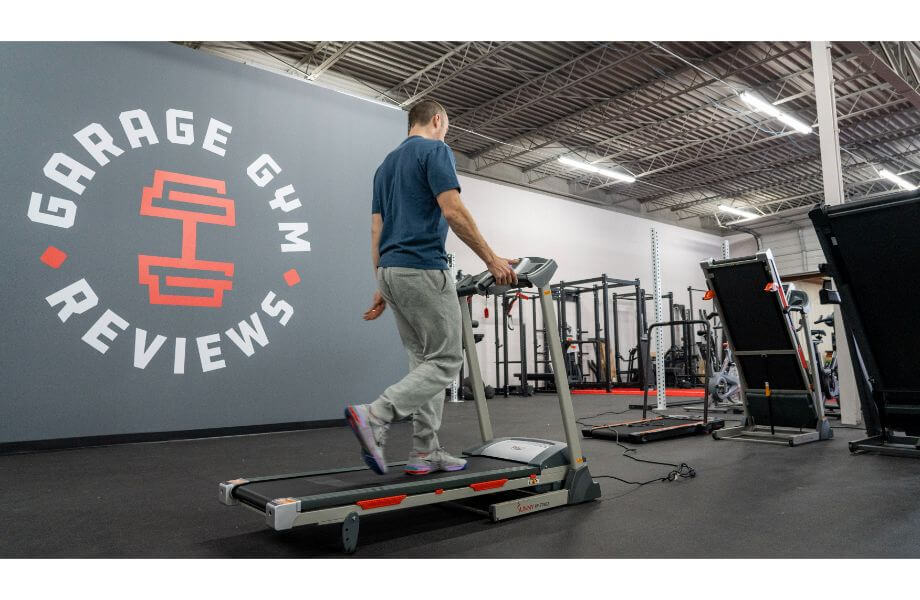
Poor gait can contribute to a number of injuries, including: strains, sprains, shin splints, runner’s knee, tissue inflammations like plantar fasciitis, and, in extreme cases, stress fractures that will most certainly sideline you for a while.
3. Good walking technique helps improve balance and stability
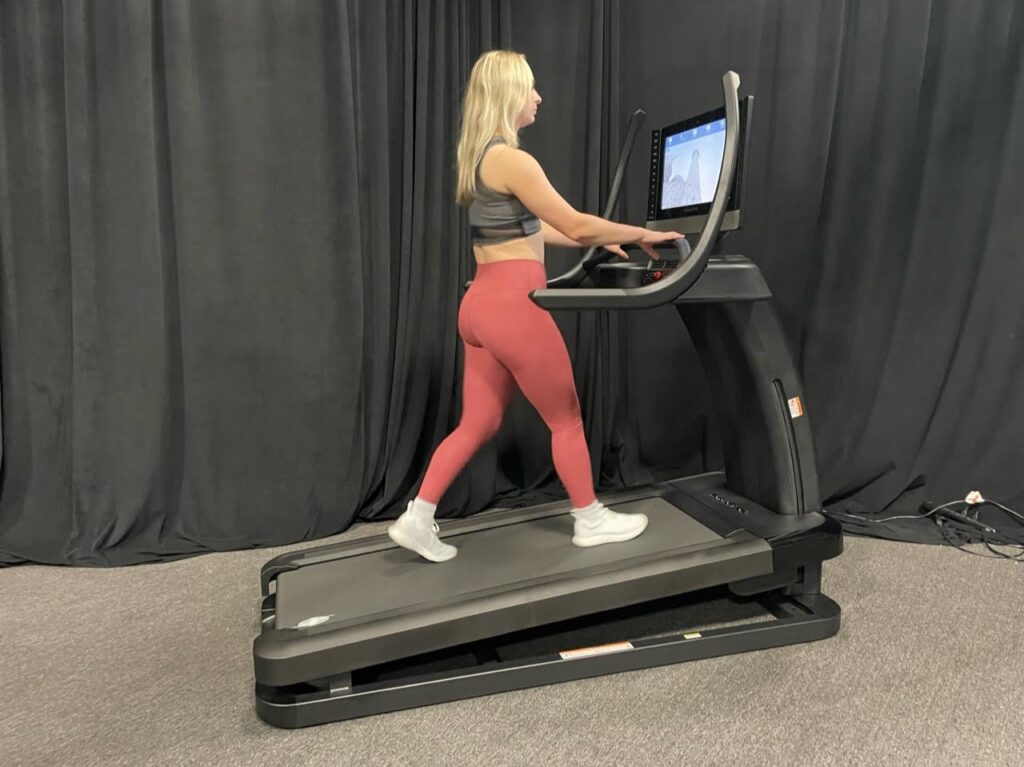
Most folks are familiar with the old expression about “tripping over your own two feet.” If you’ve been walking with poor form, this might be a very real possibility for you whenever you are out and about.
According to Harvard Health Publishing, an informational branch of Harvard Medical School, exercising good form and posture while walking will help contribute to improved balance and stability5.
The Dos and Don’ts of Proper Walking Form
Proper walking form can be broken down into four main subcategories. Check in with yourself in each of the following areas to see if your walking technique is near perfect or needs work.
Walking Posture
Everyone’s always carrying on about maintaining good posture while sitting or standing. The same applies for walking, as checking in with your upper body and core is crucial to contributing to a perfect walking technique.
- Do stand up straight. Keep your shoulders back, chest forward, and your core muscles tight.
- Do pay attention to your head positioning. The correct posture will have your chin parallel to the ground and your neck in line with your upper spine—don’t protrude your chin. Your eyes should be fixed on what’s in front of you.
- Do not hunch. Slouching spells trouble in other areas of fitness, and it’s not great for you when sitting or standing either. The same applies when walking.
- Take a deep breath, then let it go. Many of us are prone to holding tension in our upper bodies and shoulders. A deep inhale and long exhale will help remind various muscle groups to relax so you’re not overly stiff when walking.
Related: Uphill Walking vs Running
Arm Motion
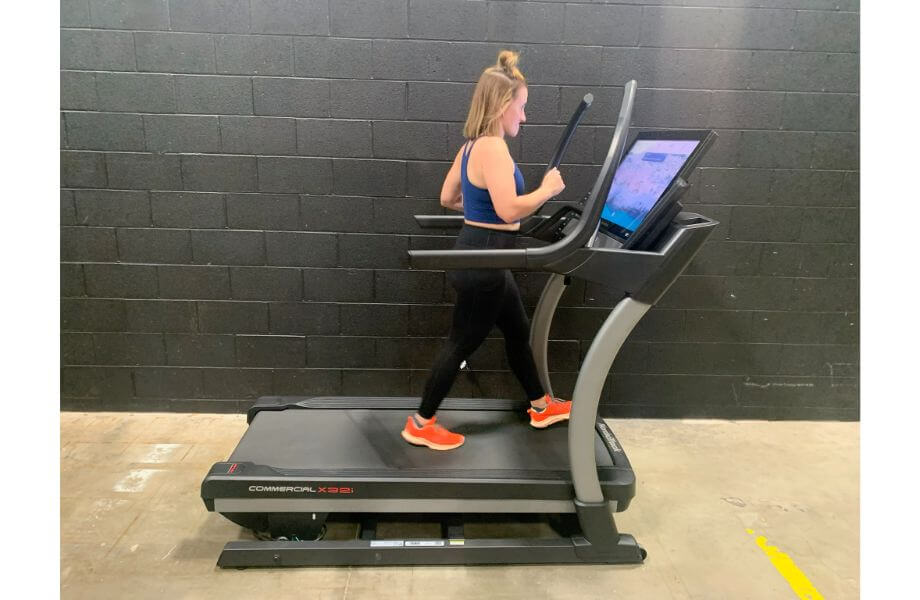
Can you picture that quintessential “power walking” arm pump? That super exaggerated movement where the arms alternate to cross the body while reaching almost to the height of your shoulders?
We do want to make sure we’re mindful of our arm movement, but that cliché motion is not what we’re looking for. Here are tips on how to implement proper form in regard to the arm motion.
- Do keep a soft bend in your elbows, not locked out by your sides.
- Do close your hands, but do not clench them into tight fists.
- Do bring the arm opposite your front foot straight forward with each step.
- Do keep your elbows close to the body. Do not let them flare.
- Do not let your front hand cross the center point of your body.
- Do not raise your hands above your sternum.
Who would’ve guessed that a simple arm swing could be so involved?
Foot Motion
Let’s give it up for the real heroes of this whole walking thing—your feet!
Pay close attention to what your feet are doing when you walk, from how to push off to initiate the stride to how each foot comes into contact with the ground upon impact.
- Do touch the ground first with a heel strike.
- Do roll from heel to toe as your foot touches down.
- Do push off from your toes to initiate the next stride.
- Do bring your back leg forward and, again, touch down with a heel strike.
One way to ensure you’re really rolling from heel to toe through the motion is to make sure you’re wearing a great pair of walking shoes. The best ones will provide stability and some level of cushioning for that all-important heel strike.
RELATED: Best Treadmill for Walking
Walking Stride
The final thing to focus on is your stride. A strong push from the toes will give you some power and speed, but you may accidentally fall into the habit of overstriding if you’re not careful.
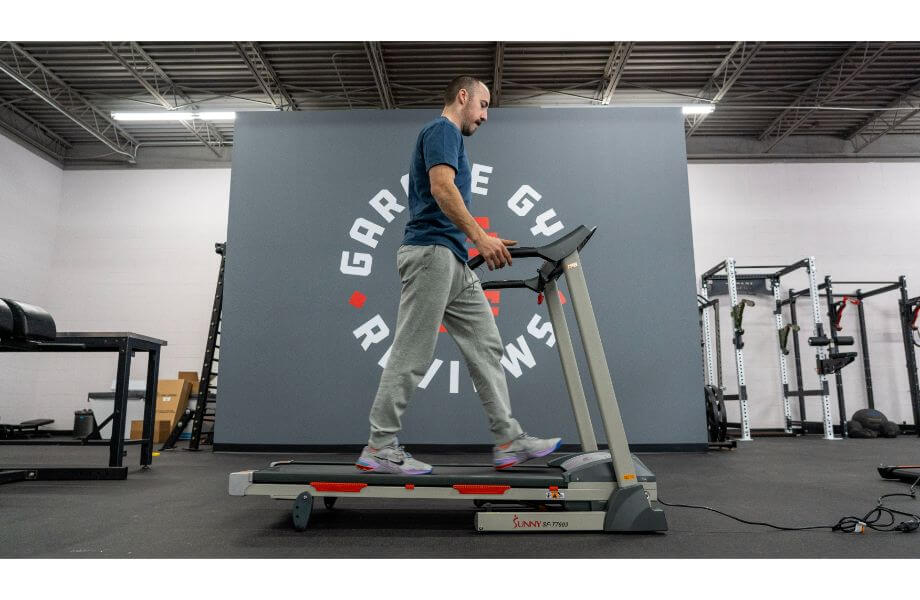
Instead of aiming to leap like a gazelle with each stride, try taking smaller, more deliberate steps incorporating speed, strength, and stability with each step. Start with that front step, intentionally shortening it, and work towards lengthening the back stride as you improve.
You stand nothing to gain by overreaching with the front foot, and you’ll only wind up losing balance and power by placing yourself in a precarious position. Keeping that front foot closer to the body ensures a better walking technique.
Related: Treadmill Walking Workout
Final Thoughts
It’s hard to imagine how much goes into the perfect walking technique. While some of the above likely comes natural, some of the techniques outlined will require a little bit of practice and patience while working to get it down pat.
Don’t worry! As with any fitness-related skill, you can master the perfect walking technique in time and enjoy a wide variety of health and wellness benefits for many years to come!
Walking Technique Q&A
What are the five techniques of walking?
There are five techniques or types of walking, including: intermittent walking, fitness walking, strolling, power walking, and race walking. Each adjusts the form slightly and is good for differing, unique circumstances.
Related: Is Walking Backward Good for You?
What are the 4 steps to a great walking technique?
1. Practice good posture at all times.
2. Bend at your elbows and incorporate a natural arm swing motion.
3. Ensure your feet are rolling through each step, heel to toe, instead of striking or slapping down.
4. Strive for shorter, decisive strides. Refrain from overstriding.
What are the 4 walking styles?
There are various styles of walking, including power walking, brisk walking, stroll walking, and marathon walking. Each is slightly different from the others, but all contribute to your wellness and a healthy lifestyle.
How should your foot land when walking?
Your foot should land with a heel strike first. The heel strike occurs before your foot rolls heel-to-toe and pushes off from the toes into the next stride.
References
1. Kelly P, Williamson C, Niven AG, Hunter R, Mutrie N, Richards J. Walking on sunshine: scoping review of the evidence for walking and mental health. British Journal of Sports Medicine. 2018 Jun 1;52(12):800-6.
2. Omura JD, Ussery EN, Loustalot F, Fulton JE, Carlson SA. Peer Reviewed: Walking as an Opportunity for Cardiovascular Disease Prevention. Preventing Chronic Disease. 2019;16.
3. Colberg SR, Sigal RJ, Yardley JE, Riddell MC, Dunstan DW, Dempsey PC, Horton ES, Castorino K, Tate DF. Physical Activity/Exercise and Diabetes: A Position Statement of the American Diabetes Association. Diabetes Care. 2016 Nov 1;39(11):2065-79.
4. Brumagne S, Janssens L, Janssens E, Goddyn L. Altered postural control in anticipation of postural instability in persons with recurrent low back pain. Gait Posture. 2008;28(4):657-662. doi:10.1016/j.gaitpost.2008.04.015.
5. Harvard Medical School. Improve your balance by walking. Harvard Health Publishing.2022 Sep 18. 2023 Oct 10.


